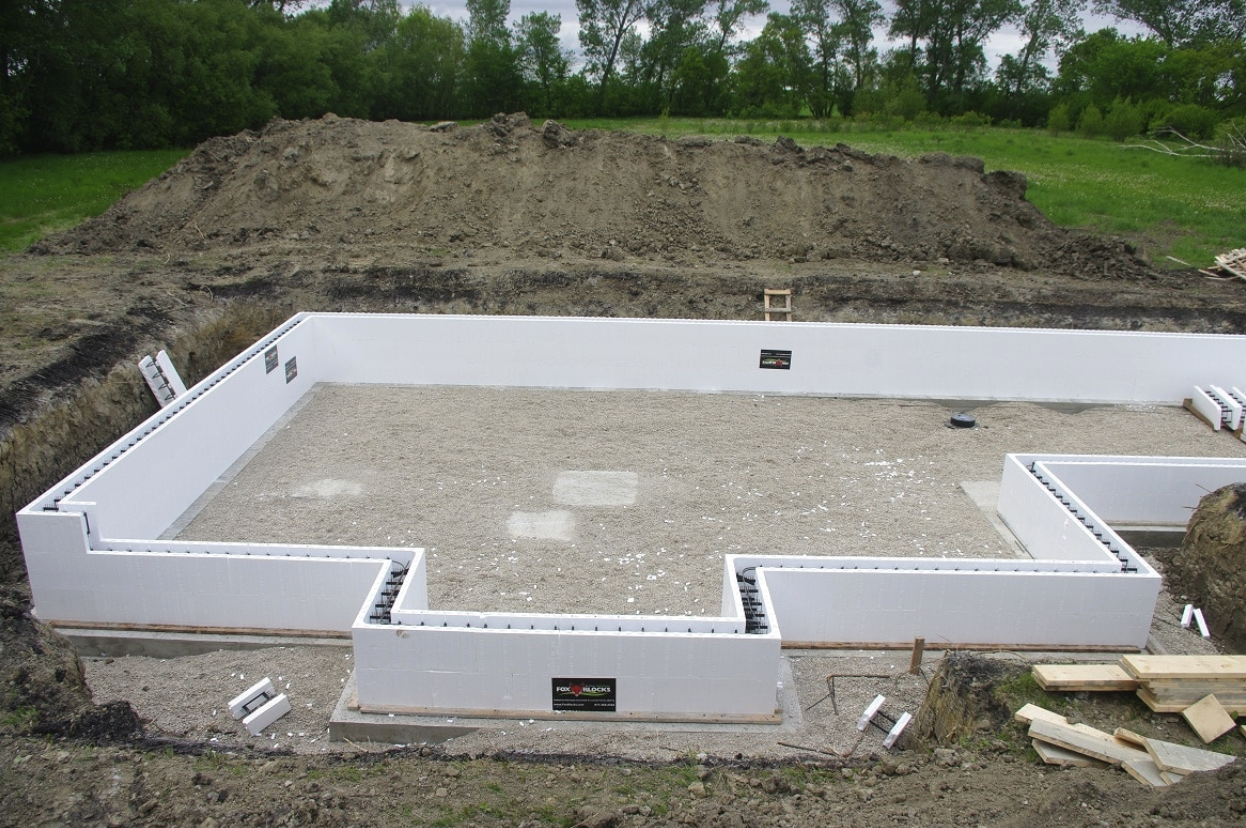
What is a HERS Index Score and How to Achieve a Good HER Rating

Home energy efficiency is crucial in today's environmentally conscious and economically driven world.
Efficient homes not only contribute to a healthier planet by reducing greenhouse gas emissions but also offer significant financial benefits to homeowners through reduced operational energy costs.
Understanding and improving a home’s energy efficiency is key to achieving these benefits, making the Home Energy Rating System (HERS) Index an essential tool for homeowners and builders alike.
What is a HERS Index Score?
The HERS Index is the industry standard for measuring a home's energy efficiency, providing a clear and comparative benchmark against a "reference home" built to the 2006 International Energy Conservation Code (IECC) standards.
The HERS Index Score assigns a numerical value to a home, where scores below 100 represent greater energy efficiency than the standard reference home. This scoring system is pivotal for anyone looking to enhance their living environment, optimize energy use, and increase their property's market value.
The average new wood framed home should achieve a HERs rating between 50-60 on average. An ICF home should achieve a HERS ratings well below 50 and even meet the Net Zero Ready standards.
The Impact of a Good HERS Rating
A favorable HERS rating significantly affects operational costs, comfort, and ecological impact.
Energy-efficient homes require less power for heating and cooling, which not only translates to yearly savings on utility bills but also offers a consistent, comfortable indoor climate.
Financially, these homes often attract buyers willing to pay more for reduced future energy expenses and better sustainability, thus increasing the property’s resale value.
Environmentally, they contribute to reduced greenhouse gas emissions, supporting broader sustainability goals.
In essence, striving for a low HERS Index Score is an essential step for homeowners and builders aiming to create environmentally friendly, cost-effective, and energy-efficient living spaces, laying a foundational stone towards a sustainable future.
The HERS Rating Inspection Process
A certified RESNET Home Energy Rater conducts the HERS rating inspection, assessing everything from insulation insulation, air tightness to HVAC system efficiency using specialized tools like blower doors and infrared cameras.
This comprehensive evaluation identifies where a home is losing energy and helps homeowners make informed decisions on enhancements. Although the inspection costs between $150 and $1,000, the long-term savings and property value increase can offset the initial expense.
Strategies for Achieving an Optimal HERS Score

Achieving a superior HERS score demands a multifaceted approach, combining modern building techniques with the latest in energy-efficient technologies. Here’s how homeowners can integrate these strategies effectively.
1. Comprehensive Building Practices
Use advanced construction techniques that prioritize energy efficiency right from the start.
Choose materials that offer strong insulation and cut down on heat loss. For example, using Fox Blocks insulating concrete forms (ICFs) can greatly improve thermal insulation, helping to achieve a better HERS score by lessening energy usage to maintain a comfortable and healthy indoor environment.
2. Incorporation of Renewable Energy Sources
Integrate renewable energy systems such as solar panels into the home’s design. These systems not only reduce dependency on non-renewable energy but can significantly lower energy costs and improve the home's HERS score towards a Net Zero status.
3. Optimization of Heating, Ventilation, and Air Conditioning (HVAC) Systems
Install high-efficiency HVAC systems that are appropriately sized for the home to avoid energy waste, plus an HRV or ERV for clean air recirculation. Regular maintenance of these systems ensures they operate at peak efficiency, contributing to better energy conservation and air quality.
4. Enhanced Window and Door Installations
Replace old windows and doors with high-performance models designed to prevent air leaks and offer improved thermal regulation. This helps maintain consistent indoor temperatures and reduces the load on heating and cooling systems.
Utilizing the Fox Buck (EPS insulation) around openings eliminates thermal bridging and provides an airtight seal at openings.
5. Advanced Airflow and Ventilation Management
Properly design and implement the home’s ventilation system to enhance airflow and improve indoor air quality. This includes optimizing the placement and efficiency of vents and fans to ensure effective circulation. An ERV will control moisture within the home and replace the stale indoor air with conditioned fresh air.
6. Duct System Improvements
Conduct detailed assessments of the ductwork using tools like duct pressurization tests and thermal imaging to detect leaks. Proper sealing and insulation of ducts can significantly enhance the efficiency of the HVAC system.
7. Smart Home Technology Integration
Employ smart home technologies such as programmable thermostats and LED lighting. These technologies allow for greater control over home energy use, adapting to the homeowner's lifestyle and reducing unnecessary energy expenditure.
8. Rigorous Insulation Upgrades
In addition to ICF walls, focus on enhancing insulation in key areas such as attics, roofs, floors, and under slabs. High-quality insulation installation reduces energy loss, stabilizes indoor temperatures, and is crucial for achieving a low HERS score.
Upgrading to Energy-Efficient Appliances
Replace older, less efficient appliances with modern ENERGY STAR-certified models. These appliances use advanced technology to minimize electricity consumption while maintaining performance, significantly reducing the home’s overall energy usage.
By adopting these comprehensive measures, homeowners can not only improve their HERS scores but also enjoy long-term savings and a more sustainable living environment. Each strategy is designed to complement the others, ensuring that the home’s energy system is optimized for both efficiency and comfort.
Leveraging the Benefits of a Low HERS Score
Homes with low HERS scores provide substantial benefits, reducing energy costs and enhancing comfort. These properties are less dependent on non-renewable energy sources and have a smaller environmental footprint. For sellers, a low HERS score boosts a home’s market appeal, often facilitating quicker sales at higher prices.
The goal in building new homes is to be energy efficient and have the ability with energy enhancements, such as solar power, to meet a Net Zero rating and eliminate utility costs. Building with Fox Blocks and ICFs, with these other energy efficient enhancements, can provide a Net Zero Ready HERS rating.
Elevate Your HERS Score with Fox Blocks: Invest in Your Home's Energy Efficiency

Take control of your home's energy efficiency with Fox Blocks and improve your HERS Index Score. By prioritizing energy-smart design solutions, you can significantly enhance your living environment and boost the value of your property.
Contact us today to learn more.
